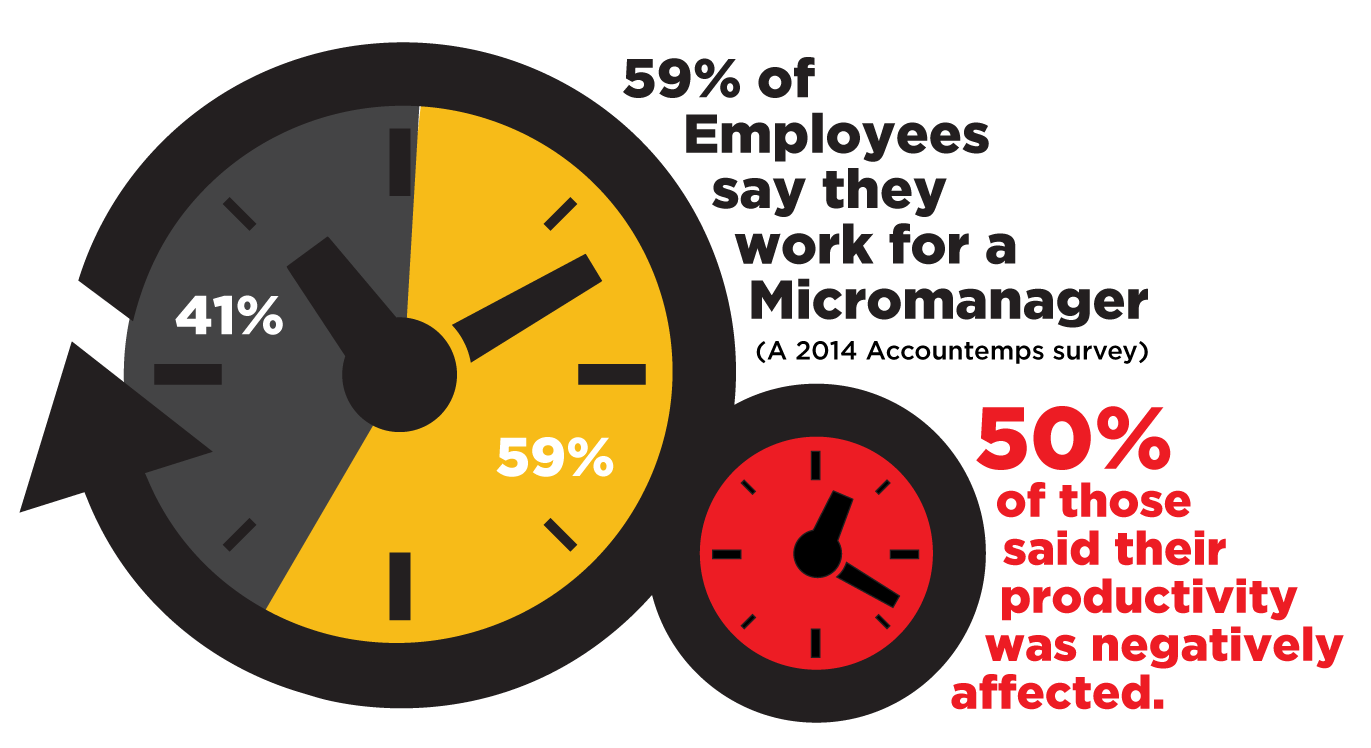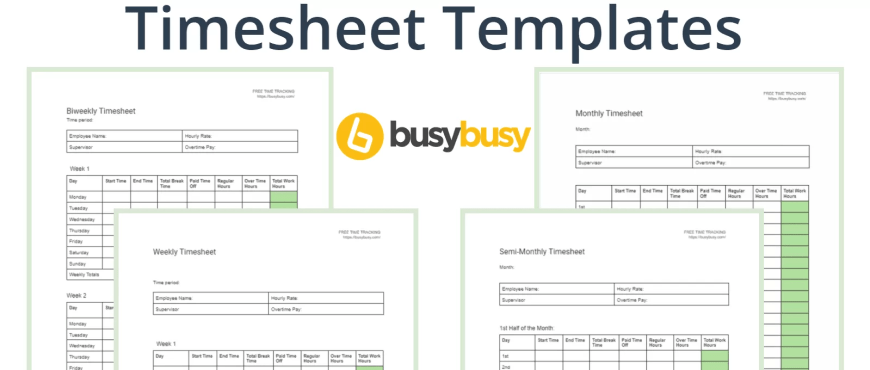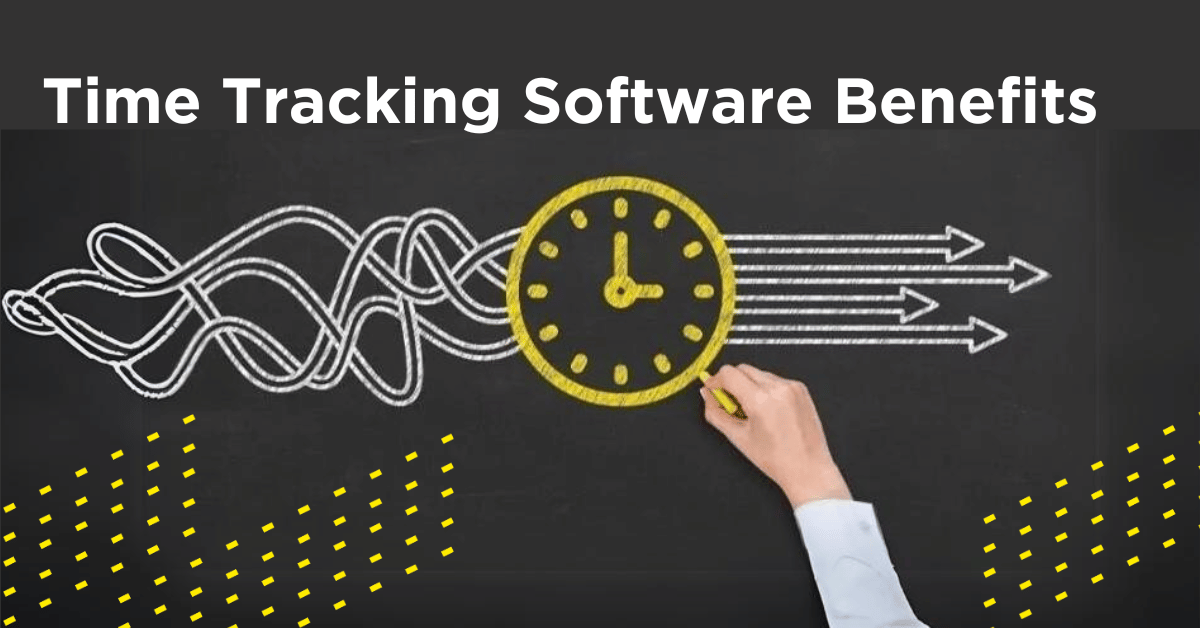
The Time Tracking Debate
Anyone who manages employees will eventually face the time tracking debate; measuring performance vs tracking time. Questions like the following are shaping the modern workforce and causing us to rethink how we track and gauge employee efficiency.
- How do you measure or estimate efficiency without recording hours and minutes?
- What is more important – the number of hours worked or the number of tasks completed?
- Do 8 hours on the clock equate to a completed task?
From a manager’s perspective, there are two questions that stand out above all others, “where are my employees and what are they working on?”. Tracking employees time while they work can provide you peace of mind. However, there is a fine line between micromanaging and monitoring your employees. The question then becomes, how can managers track employee productivity without becoming Big Brother? How much is too much?

A 2014 Accountemps survey found that 59% of their poll reported that they had worked for a micromanager. Of that 50%, half said their productivity was negatively affected. Straz, M. (2015, June 1)
If you look at this topic from an employee perspective, what is the best way to track performance?
Beyond compensation and benefits, why do employees choose one company over another? Today’s Millennials can expect to go through 5 to 7 careers in their lifetime. Not jobs, careers.
When hiring and retaining employees, managers need to be aware of what is important to their employees. What causes them to change so many times? The new workforce needs to believe in the company’s mission, they want to be part of a culture and they want the ability to grow as individuals. If employers and managers want their employees to track time, they need make it part of a positive work culture and use the data to help employees grow as individuals.
busybusy™ is a workforce analytics solution for the construction industry and mobile workforces. A key busybusy feature is timekeeping. busybusy is deeply aware of a problem commonly referred to as Employee Pushback. Employee Pushback – when an employee expresses concern with or does not want to use, a tool that is used to track time.
busybusy surveyed customers and users to identify the reasons for Employee Pushback.
The most common responses:
- Success is measured by production and quality, not time
- Getting 8 hours in each day is more important than doing a good job
- Employees feel like they aren’t trusted by management
- Management doesn’t communicate why the time data is needed
- Unfounded guilt for not working every minute of an 8 hour day
- Salaried employees are not compensated by time
Finding The Middle Ground
Measuring time is more than simply a method of compensation. Employers and managers have a real need to measure time. Tracking time on a project helps managers report progress and gauge improvement. Real-time data can help us estimate future jobs and make better-informed decisions. Time can be used as an incentive and to hold people accountable.
However, no employee wants to work for Big Brother and no manager wants to be Big Brother. So, how do we prove productivity without counting every minute of every day? There are studies that demonstrate that giving employees freedom actually results in greater production.
An LRN study found that companies in which employees displayed “high levels of freedom” in their relationships were 10-20 times more likely to outperform companies with low freedom scores. Koloc, N. (2014, November 10)
How To Track Employee Time Without Becoming Big Brother
1. Communication can increase efficiency without feeling like you’re micromanaging
It might sound counterproductive, but the most important key to tracking time is communication. Communication allows a manager to put context to the hours that are being recorded. In-person discussions are the best way to hear from your employees. When speaking directly to you, they are more likely to give you authentic responses. If your organization is too large for one person to visit with everyone, make the visits part of your managerial culture or facilitate discussions as part of functional teams.
Work/life balance is a very personal thing and to get the full picture it’s important to listen carefully. Koloc, N. (2014, November 10)
2. Track individual performance – not just hours
Running a successful business involves managing employee performance, not how much time they work. With that in mind, tracking performance and efficiency is essential to the day-to-day business operation. Instead of tracking how much work each employee completed each day, have employees track how much work remains on the project.
Human nature causes us to inflate the importance of what we completed each day in relation to how much remains. Have you ever noticed, the last 10% of a project takes 90% of the scheduled time? If you look at how much work remains, you will get a better perspective on the overall progress.
3. Stay visible
Being more visible to employees has multiple benefits. Visibility encourages communication and it encourages employees to remain focused. The modern workplace is filled with distractions, from texting and social media to office gossip. A presence in the office or workplace can help deter time-wasting activities as well as provide an opportunity to better understand your employees.
Trust your employees to get the job done. Micromanaging or hovering over their shoulders implies a lack of trust. How can employees believe in the policies if you don’t trust them to follow them?
4. Be vocal about your work policies related to freedom
Keep your workplace policies simple. A relevant workplace process and policy encourages a positive culture. Don’t create a policy that focuses on 5% of your employees, only to burden the remaining 95%. Deal directly with the 5% that cause problems and offer a policy that the rest of the organization can easily follow and understand.
Developing a high-freedom policy is a competitive advantage when recruiting new employees. It is easier to retain and recruit when you provide employees with a culture that promotes the ability to excel at their job and simplifies policy and tracking.
5. Motivate employees
The key to not being Big Brother is creating a work environment and culture that motivates and engages employees, so employers don’t have to constantly track employee productivity. Empower employees by giving them ownership over their work. When employees understand how their work efforts contribute to the big picture, they’ll be more motivated to work toward their individual goals.
When evaluating employees or providing employee reviews, focus on goal setting and employee development, not performance. Try not to focus on what an employee is doing wrong and instead work with the employee to develop a solution to better performance.
6. Use tech to communicate and monitor performance
Tools like Slack, Trello, Asana and Yammer make it easier than ever for employees to work together and for managers to communicate with their team.
Don’t use tech to monitor email, internet, and social use. Monitoring these things is the quickest way to become Big Brother and damage your workplace culture. A safe and less restricting workplace is a productive workplace that retains employees. If the internet or social media do become a problem, communicate and work with the employees to develop a solution that minimizes the time-wasting. Clearly stating your expectations can go a long way toward resolving employee issues.
Here’s how BusyBusy can help. busybusy™ helps your foremen keep in contact with their teams and with you. Employees can upload photos to their projects, clock in with GPS time stamps, and they can track the project budget.
With us, mobile phones become advanced management tools simplifying your communication and the office busywork.
With busybusy, you will always know when your employees are on-site, and what project they are working on. Click here to schedule a free demo today!











